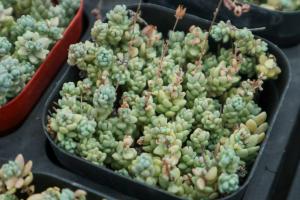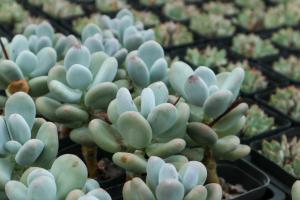Introduction
The rubber tree plant, also known as Ficus elastica, is a popular indoor plant due to its easy maintenance and attractive appearance. However, like most plants, it requires regular pruning to maintain its shape and health. In this article, we will discuss the proper way to cut back a rubber tree plant.
Why Cut Back a Rubber Tree Plant?
Cutting back a rubber tree plant has several benefits. First, it promotes new growth, which keeps the plant healthy and vibrant. Second, it can help control the plant's size and shape, making it more manageable for indoor spaces. Finally, regular pruning can prevent the plant from becoming too top-heavy, which can reduce the risk of it toppling over.
When to Cut Back a Rubber Tree Plant
The best time to cut back a rubber tree plant is in the spring or summer, when the plant is actively growing. Avoid pruning in the fall or winter, as this can slow down the plant's growth and leave it more vulnerable to disease.
How to Cut Back a Rubber Tree Plant
Before you begin cutting back your rubber tree plant, make sure you have the proper tools. You will need sharp pruning shears or scissors, gloves to protect your hands, and a clean cloth or tissue to wipe the blades. Here are the steps to follow:
Identify the branches you want to trim. Look for branches that are too long or are growing in the wrong direction.
Locate the nodes on the branches. Nodes are the points where the leaves attach to the stem.
Make a clean cut just above the node. This will encourage new growth.
Repeat the process for all the branches you want to trim.
Be careful not to remove more than one-third of the plant's foliage at once, as this can cause stress and reduce the plant's overall health. Also, avoid cutting back the main stem unless it is necessary to control the plant's size.
Aftercare
After pruning your rubber tree plant, it is important to care for it properly to ensure it remains healthy. Make sure the plant receives adequate water and fertilizer, and keep it in a bright but indirect light. You may also want to mist the leaves occasionally to increase humidity.
Conclusion
Cutting back a rubber tree plant is crucial for maintaining its health and appearance. By following these simple steps, you can keep your plant looking its best while ensuring its continued growth and vitality.

 how many times do yo...
how many times do yo... how many planted tre...
how many planted tre... how many pine trees ...
how many pine trees ... how many pecan trees...
how many pecan trees... how many plants comp...
how many plants comp... how many plants can ...
how many plants can ... how many plants and ...
how many plants and ... how many pepper plan...
how many pepper plan...































